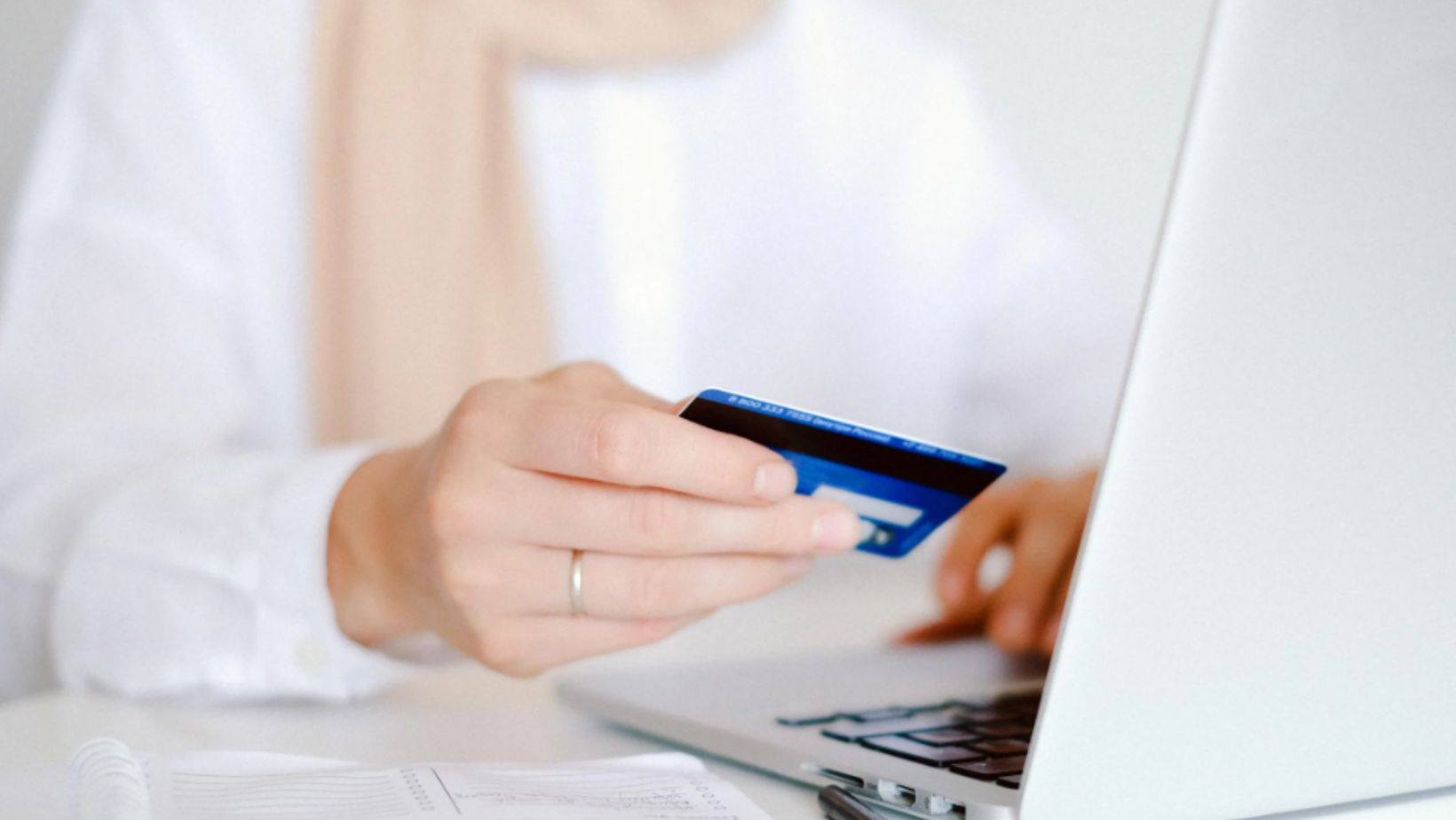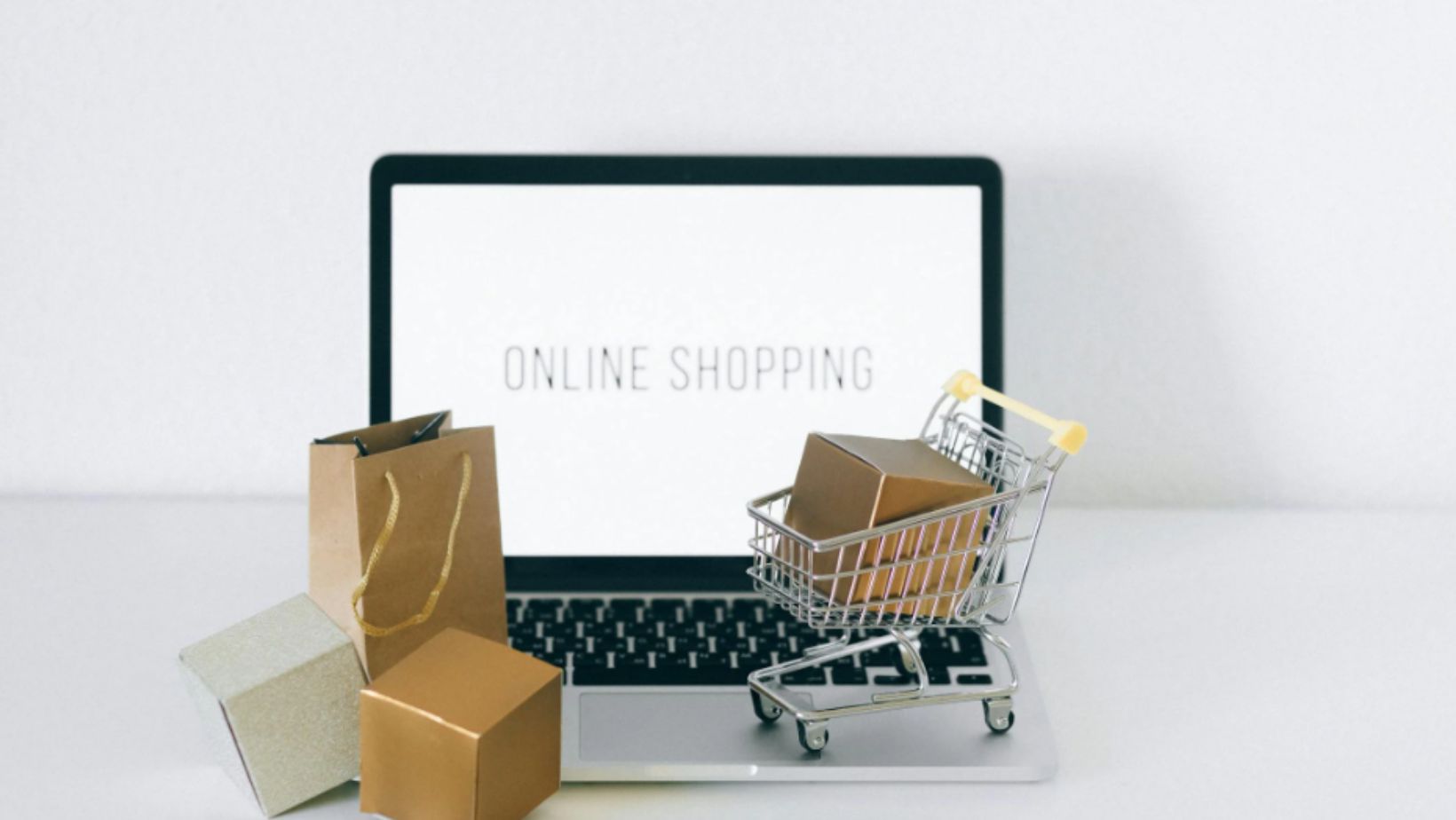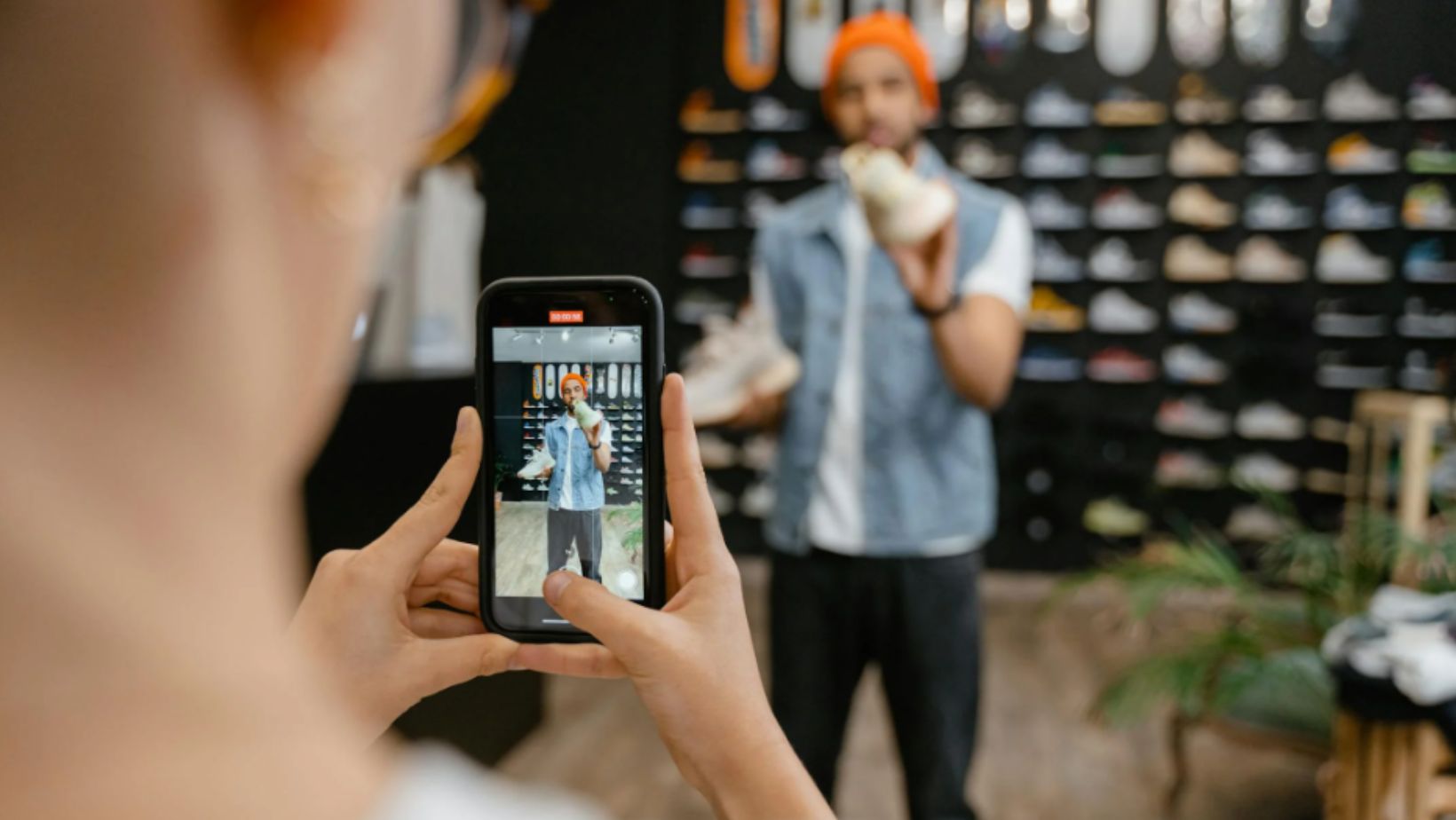Why do some online stores immediately inspire confidence, while others make shoppers second-guess every step? Why do customers drop off at checkout over something as small as an extra form field?
The truth is, buying decisions aren’t purely rational, they’re guided by design, emotion, and subconscious bias. For marketers, this isn’t a UX detail, it’s a chance to unlock growth.

UX or Cognitive Biases?
The most effective ecommerce brands craft experiences that guide, reassure, and convert.
By applying psychological principles to marketing, they turn casual visitors into repeat customers.Online shopping isn’t purely logical, it’s emotional..
- Decision Fatigue: Simplify product selection with curated collections or “bestsellers” and recommendations. This reduces analysis paralysis and nudges buyers forward.
- Anchoring Effect: Pricing displays “Was $79, Now $39” and highlights savings, discounts and promotions to increase conversions and support customers.
- Urgency and Scarcity: Phrases like “Only 3 left in stock” or countdown timers tap into FOMO, prompting faster decision-making, guided by customers’ journey.
Building Trust Through Design and Transparency
In ecommerce, trust is the currency of conversion. Marketing teams should connect their messaging with visual trust cues such as security badges, verified reviews, and clear return policies.
Just as ad campaigns rely on consistency and credibility, your digital storefront should reinforce trust at every stage of the buyer’s journey. A polished design, transparent policies, and user-generated content all signal that your brand is reliable.

The Role of Visuals in Marketing Impact
Visuals aren’t just decoration, they’re persuasion tools. Product page statistics and research show that 83% of shoppers consider product imagery the most important factor in purchase decisions.
A good example is PrimePutt’s putting mat pages. Beyond product shots, PrimePutt integrates short lifestyle videos of golfers practicing in real settings, home offices, backyards, and basements, while also supporting the golf community with advice and training tips. This approach goes beyond showcasing a product; it creates an emotional connection by helping buyers imagine the mat in their own lives.
For marketers, this is a reminder: context sells. Show your product in action, not just in isolation.
Another creative example comes from Hey Sunday, a brand that goes beyond positioning as an eco-friendly advocate. Hey Sunday actively supports their customers through practical advice, sustainable initiatives, eco-conscious consumer recommendations, and scholarships promoting environmental activism.
And our last inspiring example is Live It Up, a brand dedicated to providing natural, non-GMO products that meet all regulatory requirements. Beyond offering high-quality nutrition, Live It Up actively supports students and athletes pursuing careers in nutrition and health through educational programs and scholarship opportunities, empowering the next generation of wellness leaders.
What can we learn from them? Demonstrate a genuine commitment to making an impact beyond mere conversion.

Social Media: Extending the Psychology Beyond Your Website
Your website is only one part of the buyer journey. Social media amplifies these same psychological triggers at scale.
- Use Scarcity in Posts: Promote limited-time offers and product drops with countdown stories.
- Leverage Social Proof: Share customer testimonials, influencer reviews, and user-generated content to build credibility.
- Visual Storytelling: Short-form videos (Reels, TikToks) showcasing your product in real-life scenarios.
- Engagement-Driven CTAs: Instead of just “Shop Now,” test softer prompts like “Imagine this in your home” or “Which would you choose?” to spark interaction.
A strong social strategy mirrors your on-site psychology-driven design. It builds trust, urgency, and resonance long before the customer even lands on your checkout page.
Checkout Psychology: The Final Push
Marketing doesn’t stop at awareness. The checkout experience is where campaigns succeed or fail. A smooth, trustworthy flow ensures that advertising dollars aren’t wasted at the last mile.
- Keep forms simple, with guest checkout options.
- Reinforce value with final nudges like “Free shipping over $50.”
- Showcase recognizable payment options and SSL security icons.
By addressing doubts right before payment, marketers reduce cart abandonment and boost ROI from every channel.
Marketing With Psychology in Mind
Design isn’t just aesthetic, it’s a marketing strategy rooted in psychology. Brands that master this balance build trust, drive conversions, and grow loyalty.
For ecommerce marketers, the takeaway is clear: optimize every touchpoint. From a Facebook ad to a checkout page, every element should align with how buyers think and feel.
Those who integrate design psychology into their marketing mix will stand out—not just as sellers, but as brands customers trust and return to.

